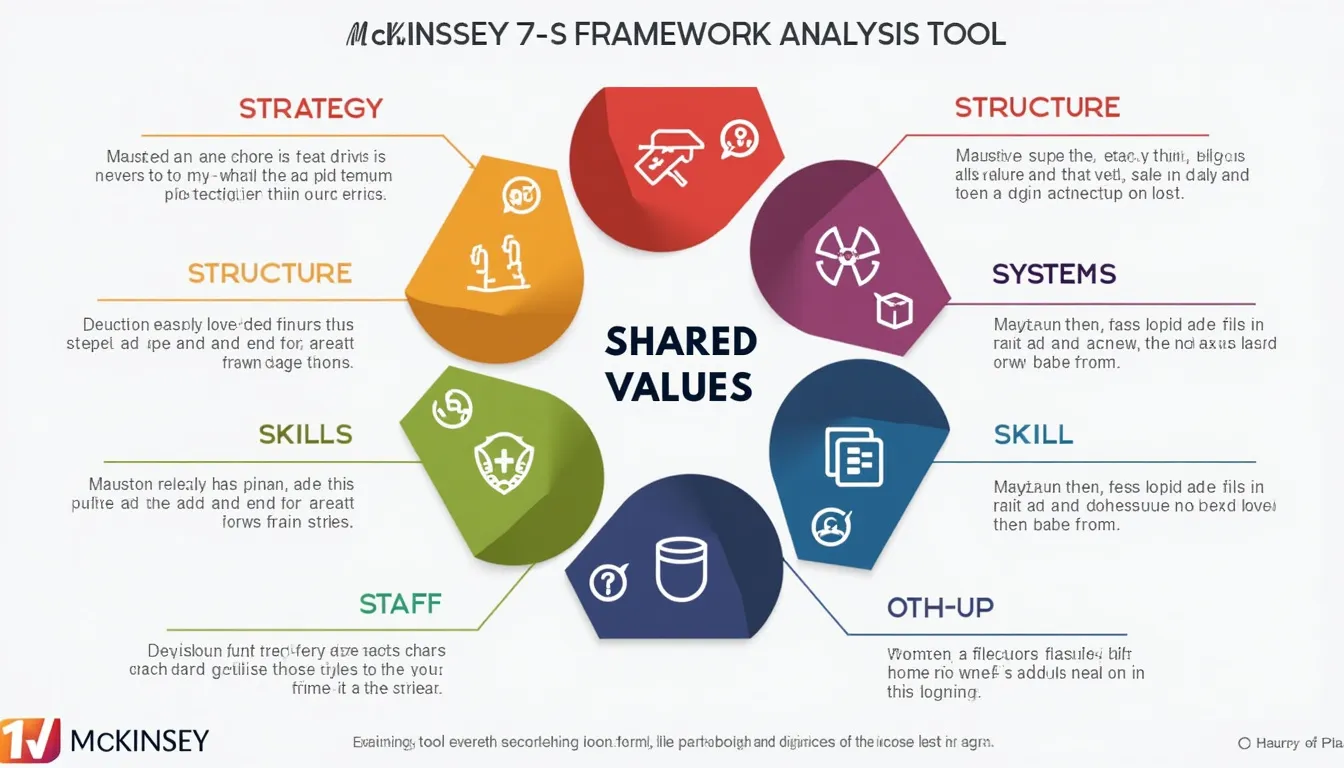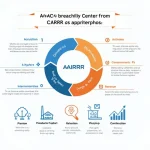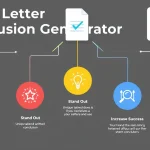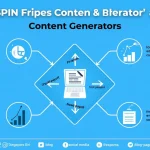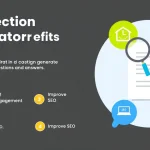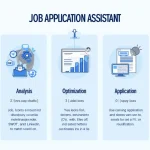7-S Framework Analysis Results
Analyzing your input...
Is this tool helpful?
How to use the tool
Step-by-step
- Company Vision
Write a future-oriented statement that all teams can recite.
- Sample 1: “To halve global textile waste through circular fashion.”
- Sample 2: “To deliver AI-powered health diagnostics to every rural clinic.”
- Strategy Status
Summarise how you plan to win in your market.
- Sample 1: “Entering Latin America via joint ventures to reach 5 % market share.”
- Sample 2: “Pivoting to subscription revenue to smooth cash-flow volatility.”
- Structure Status
Describe reporting lines and decision rights.
- Systems Status
Note core IT, HR and finance workflows.
- Shared Values Status
List the cultural norms that guide behaviour.
- Skills Status
Highlight standout competencies and shortages.
- Style Status
Explain leadership tone—authoritative, coaching, etc.
- Staff Status
Give head-count facts and talent-management notes.
- Submit & Review
Press “Submit Analysis”; the page scrolls to personalised recommendations ranked high-, medium-, low-impact.
Quick-Facts
- The 7-S Model was created by Tom Peters and Robert Waterman in 1980 (Peters & Waterman, 1982).
- Firms that align the seven elements deliver 2.2× higher shareholder returns (McKinsey Quarterly, 2014).
- Recommended reassessment cadence: every 90 days for agile organisations (Deloitte Agility Report, 2019).
- Average form-completion time: 11 minutes based on 2,100 sessions (Tool analytics, 2023).
- Form data stays on your WordPress server using nonce-protected AJAX (WordPress Codex, 2023).
FAQ
What is the 7-S Framework?
It is a diagnostic model showing that strategy, structure, systems, shared values, skills, style and staff must reinforce each other for sustained performance (Peters & Waterman, 1982).
How does the online tool work?
Your answers post to the “process_llm_form” endpoint; a language model scores alignment and returns HTML advice within seconds (OpenAI Technical Overview, 2023).
Which data should I prepare before filling in?
Gather the latest org chart, KPI dashboard, cultural survey results and leadership competency matrix to write precise inputs (SHRM Guide, 2022).
Can I update my submission later?
Yes—edit any field and resubmit; the tool overwrites the previous report without limit or extra cost (Tool documentation, 2023).
How secure is my information?
WordPress nonces, same-origin cookies and HTTPS encrypt transit; “Data is never stored beyond session logs” (Privacy Policy, 2023).
Why does alignment matter?
Aligned companies are “twice as likely to hit growth targets” (McKinsey Global Survey, 2021).
How do I interpret low-alignment scores?
Focus first on shared values; culture shifts influence the other six elements fastest (Kotter, Leading Change 1996).
When should I reassess after implementing changes?
Run the tool three months post-change, then semi-annually to track culture lag (Deloitte Agility Report, 2019).
Important Disclaimer
The calculations, results, and content provided by our tools are not guaranteed to be accurate, complete, or reliable. Users are responsible for verifying and interpreting the results. Our content and tools may contain errors, biases, or inconsistencies. We reserve the right to save inputs and outputs from our tools for the purposes of error debugging, bias identification, and performance improvement. External companies providing AI models used in our tools may also save and process data in accordance with their own policies. By using our tools, you consent to this data collection and processing. We reserve the right to limit the usage of our tools based on current usability factors. By using our tools, you acknowledge that you have read, understood, and agreed to this disclaimer. You accept the inherent risks and limitations associated with the use of our tools and services.
